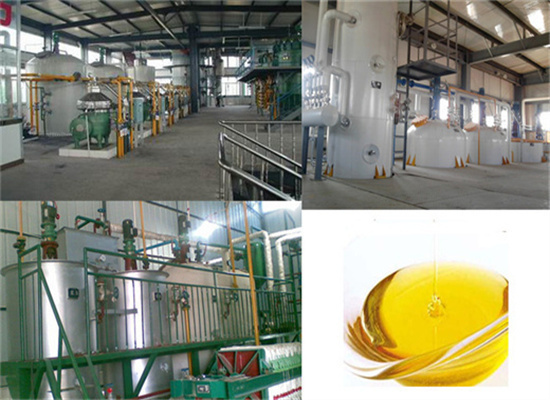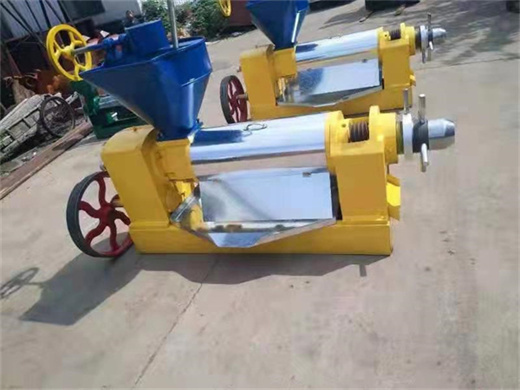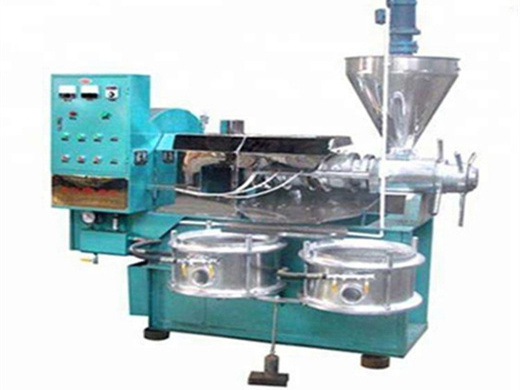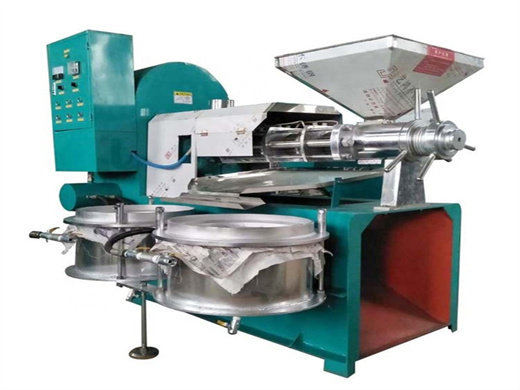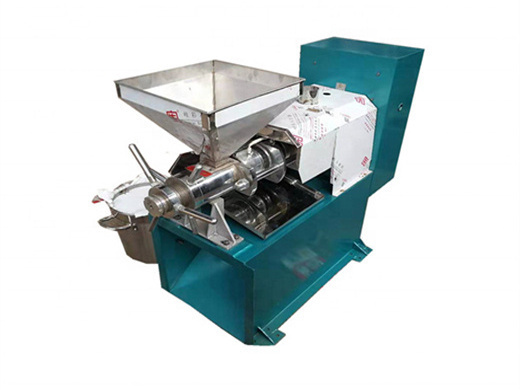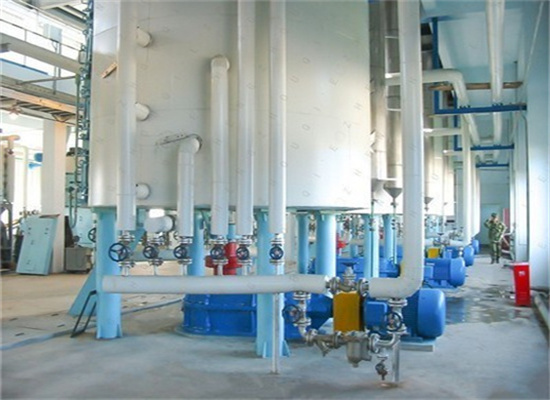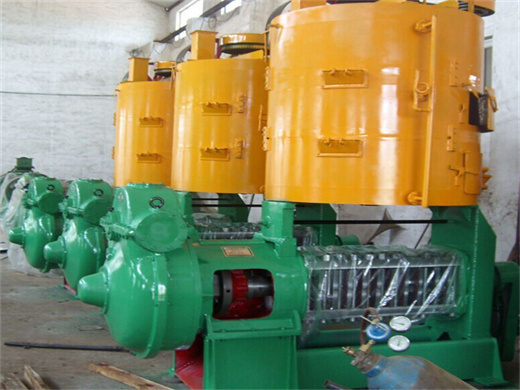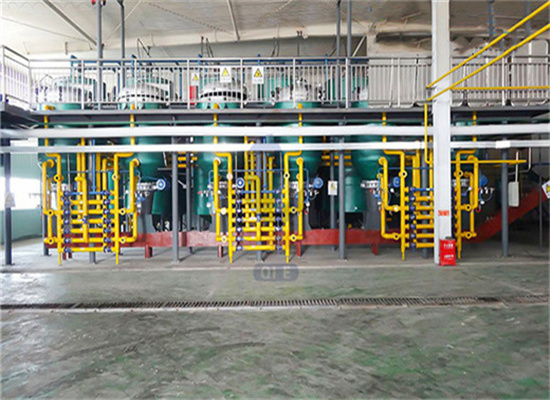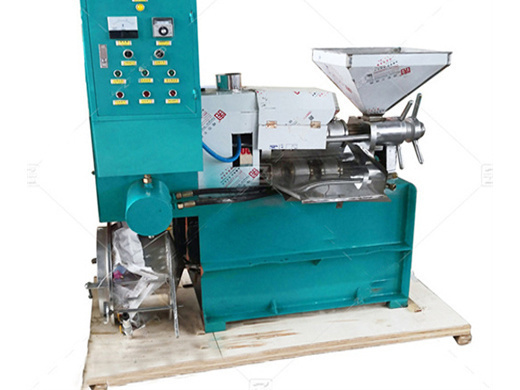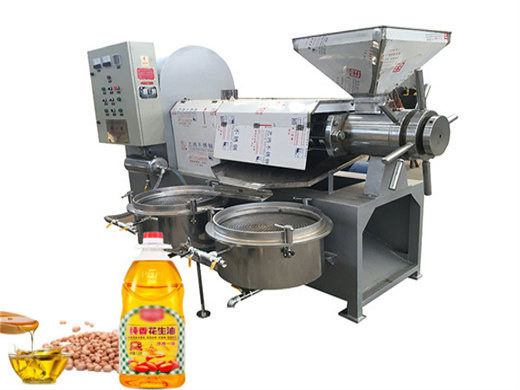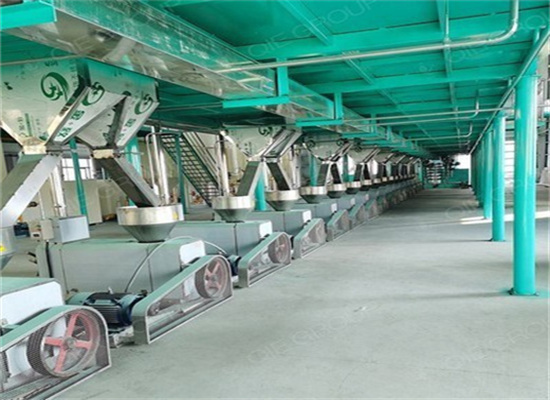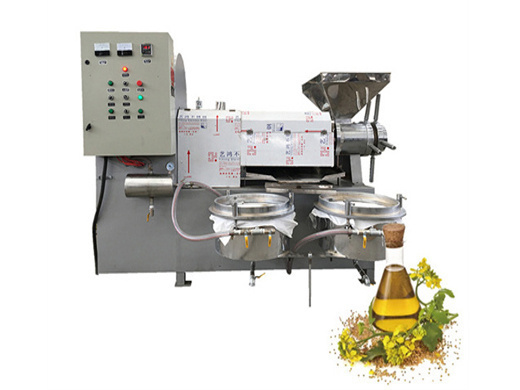crude degummed peanut oil productline in malaysia
- Usage: crude oil extraction machine price
- Type: oil extracting machine
- Production Capacity: 300T-3000T/D virgin Peanut oil extracting machine
- Model Number: LD virgin Peanut oil extracting machine
- Voltage: 380v or according to the local voltage
- Power(W): According to capacity
- Dimension(L*W*H): 1200*400*900mm3
- Certification: ISO9001, ISO
- Name: crude oil extraction machine price
- Automatic grade: Full automatic
- Supplier: Manufacturer
- Consumption: Low
- Turnkey project: Yes
- After sale service: Engineer abroad service
- Port: LDngdao
Crude oil, either water degummed or not, is treated by an acid, usually phosphoric acid, citric acid or malic acid in the presence of water. For oils containing relatively low amounts of NHP (e.g. sunflower oil) this process can lead to degummed oil with a lower residual phosphorus content (5 to 30 ppm) than water degumming.
To this end, crude peanut oil with high NHP content and crude rapeseed oil with low NHP content were used for degumming experiments from the following three aspects: (i) hydration experiment (HYE, hydration is the basis of degumming), (ii) acidification experiment (ACE, corresponding to the acidification operation of ED), and (iii) enzymatic
Case study of chemical and enzymatic degumming ... - Nature
- Usage: cheap oil press machine
- Type: Peanut Seed Oil Machine
- Production Capacity: 100 kg/h - 1000kg/h
- Model Number: 668
- Voltage: 380V
- Power(W): 2KW
- Dimension(L*W*H): 1650*1200*1720
- Weight: 630
- Certification: SGS
- Product name: Peanut oil extracting equipment
- Gear ratio of gear case: 14/42x19/57=1
- Main engine power: Y160L-6-5.5KW
- Vacuum pump power: Y90S-4-0.55KW
- Residual oil rate: 6~7%
- Raw material: Peanut Seed
- Function: Cold/Hot Press
- Advantage: Energy Saving
- Feature: High Output
- Application: Peanut oil extracting equipment
The vegetable oil degumming process plays a critical role in refining edible oil. Phospholipids (PL) removal from crude extracted soybean oil (SBO) by the enzymatic degumming process has been
First Stage of Vegetable Oil Refining Process. Degumming is the first process in the vegetable oil refining which commences with the heating of crude oil. The feedstock is taken into the degumming vessel where the temperature of oil is raised slowly. The main purpose of degumming is to remove the Phospholipids / Gums from the crude vegetable oils.
Oil - AdamPolSoya
- Usage: Peanut Oil, Peanut expelling plant
- Type: Peanut expelling plant, Peanut expelling plant
- Production Capacity: 20-2000TPD
- Voltage: 380v
- Power(W): 15kw
- Dimension(L*W*H): 1610x615x1260mm
- Weight: 2-10t
- Certification: CE,BV,ISO
- Name: Peanut expelling plant
- Material: stainless steel and carbon steel
- Color: customerization
- Labor need: 1staff
- End product: crude oil and cake
- Raw material: Peanut Seed
- Package: container special for Peanut expelling plant
Soya bean oil crude degummed (NON-GMO) Quality parameters. Insoluble impurities max. 0.1%; Water and volatile substances: max. 0.3%: Phosphorus: max. 200 ppm: Acid value:
Regarding the toxicity towards S. zeamais, the crude peanut oil and the chemically refined peanut oil had lower LC 50 values (1.836 and 1.372 g kg 鈭?, respectively) than the oils rectified through enzymatic degumming (LC 50 from 2.453 to 4.076 g kg 鈭?), and, therefore, they can be suggested as sustainable stored grain protectants.
Phospholipase cocktail: A new degumming technique for crude
- Usage: Making Edible Oil
- Type: Peanut
- Production Capacity: 5TPD-100TPD
- Voltage: 380V/50HZ
- Dimension(L*W*H): 1510*440*700mm
- Weight: 330kg
- Core Components: Motor
- Oil type: Peanut Oil
- Name: screw oil pressing machine
- Raw material: seeds
- Material: Stainless Steel 304
- Function: Making Edible Oil
- Color: Custom-made
- Capacity(set): 80-150Kg/h
- Advantage: Energy Saving
- Capacity: Large
- Product name: HDC oil screw press
- After Warranty Service: Video technical support, Online support
- Certification: CE ISO
The oil was subjected to high shear mixing (1 min/16000 rpm) to disperse the caustic solution. The produced gums were separated from the degummed oil by centrifugation (2000脳g for 15 min) (Sampaio et al., 2015). 2.7. Enzymatic degumming. Enzymatic degumming experiments were performed using 300 g of crude soybean oil.
Crude Rapeseed oil extracted from the seeds of rapeseed plants that grow naturally without chemicals. Good for Biodiesel. Visual Inspection -- Limpid, no free water visible, no contamination visible --Density at 15掳C kg/m3 910,0 925,0 DIN EN ISO 3675 or. DIN EN ISO 12185. Viscosity at 40掳C mm虏/s -- 36,0 DIN EN ISO 3104
Vegetable Oils - Agri International
- Model Number:YZYZ-1.0 Peanut oil processing machine
- Name: Peanut Oil Procecssing Machine
- Raw material: Peanut Seed
- Capacity: 1-5ton Per Day Peanut Oil Processing Machine
- Supplier: Peanut Oil Processing Machine Manufacturer
- Style: Wet
- Advantage: High Oil Yield
- Packing: Export Pack
- Video: Available
- Manual: in English for Peanut Oil Processing Machine
- Transport Package: Shipment by Sea, Wooden Box
Agri International offers crude peanut oil as well as refined peanut oil in bulk and retail packs. Soybean Oil | Produced from soybeans, this sought-after ingredient is rich in fatty and amino acids including Omega 3 which enable the body to clean bad cholesterol and support heart function, healthy blood pressure and the prevention of heart
The molecular species of phospholipids recovered from crude soybean (SO), flaxseed (FO) and peanut oil (PO) by different degumming processes, including water (WD), acid (AD), PLA 1 (EDA), PLC (EDC) and PLA 1-PLC (EDAC) were investigated. According to the PLS-DA model, a total of 30, 38 and 21 characteristic markers were identified using UPLC-Q
- Does degumming reduce GE and 3-mcpde formation in palm oil?
- Although the formation of GE and 3-MCPDE in palm oil occurred during the deodor-ization process due to the high-temperature operation, an effective degumming process of the palm oil may minimize 3-MCPDE and GE formation during the deodorization pro-cess . The prime goal of the degumming process is to eliminate gums or phospholipids from the oil.
- How much trapped oil does a degumming process contain?
- The NOL in the separated gums 18 and by this method, it is reported that gums removed in the chemical degumming process have 18¨C10% trapped oil. On the other hand, our enzymatic degumming process is more economically recommended.
- Does enzymatic degumming increase vegetable oil yield?
- Enzymatic degumming and chemical refining processes in plant-scale trials were performed on the same SBO of different oilseed origins with a microbial phospholipase A1 Quara LowP and Lecitase Ultra enzymes. The enzymatic degumming with Quara LowP and Lecitase Ultra enables full vegetable oil degumming, increasing oil yield.
- What types of degumming processes are used in palm oil refining?
- Several types of degumming processes have been employed in the physical refining of palm oil, including water degumming, dry degumming, enzymatic degumming, acid degumming, membrane degumming, and EDTA degumming [12,13].
